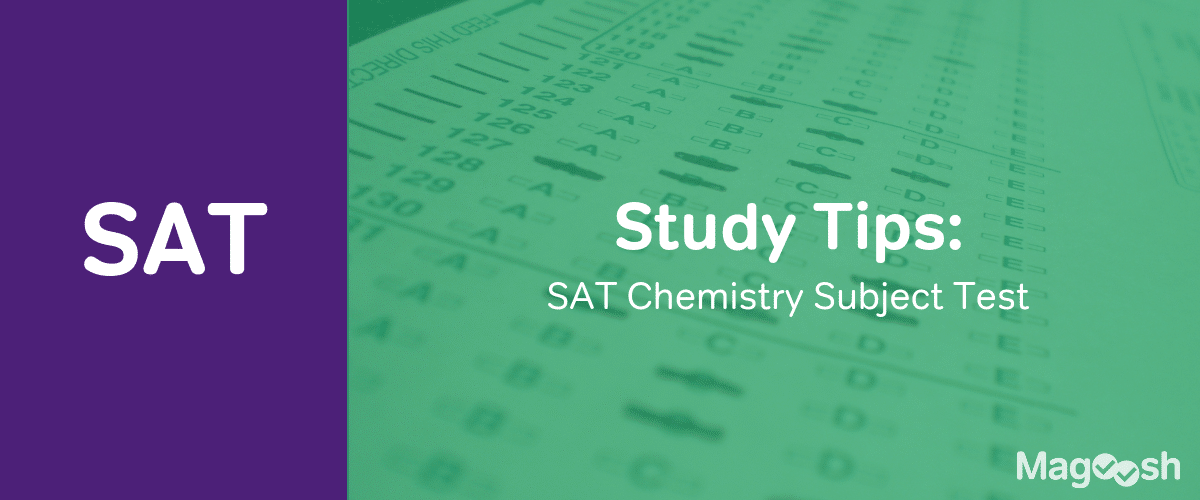
In the latest installment of “Jon Explains Subject Tests He Took Over 15 Years Ago,” we hit on the Chemistry SAT Subject Test today. It’s one of my favorite subjects, because things elegantly fall into place once you have the fundamentals down. And let’s be honest, some of those chemical reactions are pretty cool to watch. Like combining potassium perchlorate and a 5 pound Gummi Bear.

(If you can’t read the text it says on the bottom of the GIF, it says, “This is awesome, but don’t do this at home. Ever.” Be safe folks.)
The Chemistry SAT Subject Test though…not fun. Luckily, it’s relatively straight forward to study for.
I’m assuming that you are either taking chemistry this year, or have at least one year of high school chemistry under your belt. The test basically covers everything you learn in a first-year chemistry class. (Although you’ll likely feel more comfortable if you’re in or have taken AP Chem.) Your best bet in terms of prepping for the content the test expects you to know is to review your old notes and tests.
The format of the test is different than you might expect. It’s multiple choice for the most part (I’ll get into that a bit later), so you don’t need to worry about coming up with the exact correct answer to 3 sigfigs entirely on your own. But before you start reviewing, read these tips so you know how the test is structured and what you should be on the lookout for. As always, I’ll be taking questions from The College Board’s website.
Let’s get started, shall we?
Tip 1: Math is easy on the Chem SAT, but super easy to mess up.
Repeat after me. You are not allowed to use a calculator on the Chemistry SAT Subject Test. You might have used it for your tests and homework, but you are forbidden from whipping it out on test day. But this is also kind of a good thing, because the College Board is not as sadistic as you think they are. Since you’re not allowed to use a calculator, they made the math really easy. Take Question 9 in the Multiple Choice section (albeit with a slight modification).
The hydrogen ion concentration of a solution prepared by diluting 50 mL of 0.10 M HNO3 with water to 0.5 L of solution is:
(A) 0.0010 M
(B) 0.0050 M
(C) 0.010 M
(D) 0.050 M
(E) 1.0 M
This is a straightforward solution dilution problem. Maybe you used the M1V1 = M2V2 formula for figuring out the concentration of the hydrogen ion. Or you went and figured out how many moles of hydrogen ions there were in HNO3 and recalculated the concentration based on the new volume.
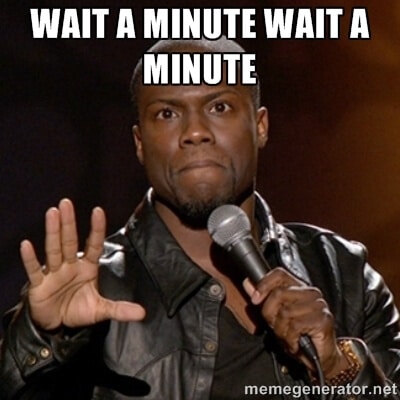
Did you notice that the two volumes of solutions aren’t in the same units? That’s something you have to take into account. Also, what about all these zeroes? It’s super easy to lose a zero or add one zero too many when you’re working with decimals.
For a question like this, your first instinct should be to make sure everything you’re working with a consistent set of units. Then, I’d convert whatever you can into scientific notation, especially if it has a lot of zeros. In this case, I would convert the initial 50 mL into 5 x 10-2 L and then work out my formulas. Remember that you add exponents if you’re multiplying powers of 10, and that you subtract exponents if you’re dividing.
Tip 2: Have a game plan for the first 40 questions of the Chemistry SAT Subject Test.
So remember how I said that the test is multiple choice, for the most part? Here’s where we get into that. The test has three different types of questions. You have your typical multiple choice questions, like the example shown above. You also have Classification Sets questions and Relationship Analysis questions.
The first 25 questions you’ll encounter are Classification Sets. The test gives you a set of five answer choices and then asks you a couple of questions. For example, questions 10-13 in this section:
(A) Ar
(B) O
(C) S
(D) Ti
(E) U
10. Has electrons in f orbitals
11. Has the electron configuration 1s22s22p63s23p4
12. Has the same number of electrons as Ca2+
13. Is the LEAST chemically reactive
For each question, you pick an answer choice from the five they give you. When you answer these questions, you’ll notice that not every answer choice they give you will be used. Also, you may notice that some answer choices are used more than once. The test is playing off your urges to use all the choices once before repeating. Aside from these little tricks, these are pretty easy to answer.
The next 15 questions are the Relationship Analysis Questions. These are the questions test takers are most uncomfortable with because they’re the most unfamiliar. In addition, the bubbles you fill in are at the very end of your answer sheet, starting at question 101.
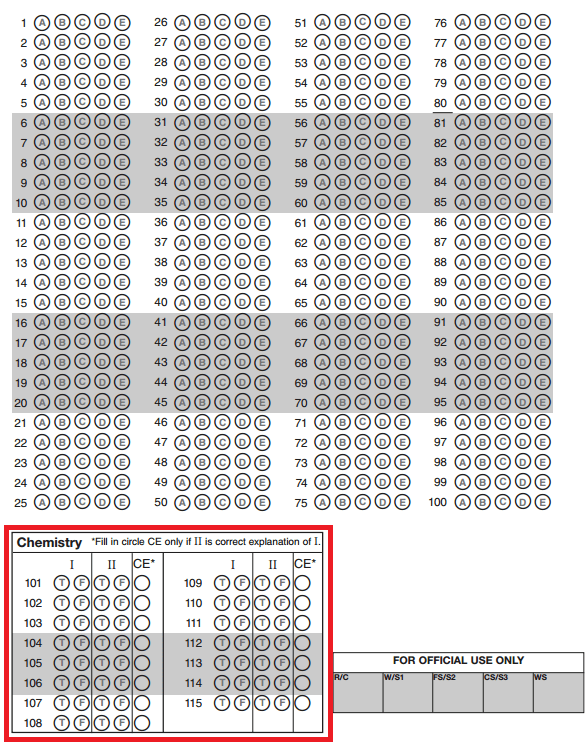
For each question, you’re given two statements and you’ll be asked if each one is true or false. Then you have to figure out if Statement II is the reason if Statement I is true. For example:
I. The rate at which sugar dissolves in water increases with stirring BECAUSE
II. Stirring exposes the surface of a solute crystal to a less concentrated layer of solution.
Statement I is true, so you bubble in T in the first column. Statement II is true, so you also bubble in T in the second column. Finally, Statement II is the reason why Statement I is true, so you also bubble in CE.
Where this gets a little tricky is when both Statement I and Statement II are both true, but Statement II doesn’t cause Statement I, like in this example here:
I. Potassium has a lower first ionization energy than lithium has BECAUSE
II. Potassium has more protons in its nucleus than lithium has.
Both Statements I and II are true, but Statement II isn’t the cause of Statement I. Therefore, you would only bubble in T in the first column and T in the second column. You leave the CE bubble blank. Note that if either of the statements are false, or if both statements are false, then you can ignore the CE bubble entirely. You only care about the CE bubble if both statements I and II are true.
After you’ve answered the last Relationship Analysis question, you start your traditional multiple choice questions. Pay attention to the number that the multiple choice questions start, since they pick up immediately after the Classification Sets. The multiple choice questions usually start on the second column of your answer sheet, at Question 26, . However, there have been some cases where they don’t start exactly at the second column, so keep your eyes peeled.
Tip 3: You’re going to have to memorize some Chemistry things.
Like I mentioned before, the Chem SAT only gives you a periodic table with atomic masses. Everything else you will have to conjure up from your memory. You won’t have to remember specific numbers, like the electronegativity of oxygen or the ionization energy of lithium, but you will have to be able to look at an element’s position on a table and predict whether it’s ionization energy or electronegativity will be high or low.
In addition to periodic trends, you’ll also need to know your polyatomic ions and your solubility rules down cold. You should also have a rough idea in your head what metals are strong oxidizing/reducing agents, versus those that are weak. They probably won’t ask you a question as straight forward as “Which of the following compounds are insoluble?” but they may give you two starting reactants and ask you if all the products of the reaction are soluble or not.
It’s a lot to take in, but I’ve got faith in you. Just channel Jesse Pinkman and repeat this to yourself over and over again.
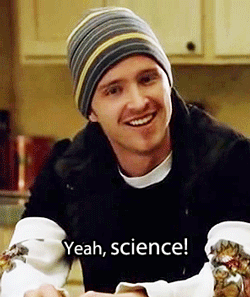
ANSWERS TO EXAMPLE QUESTIONS:
Tip 1: C (0.010 M)
Tip 2: E (U), C (S), A (Ar), A (Ar)


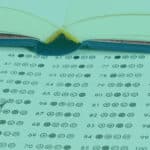



Leave a Reply